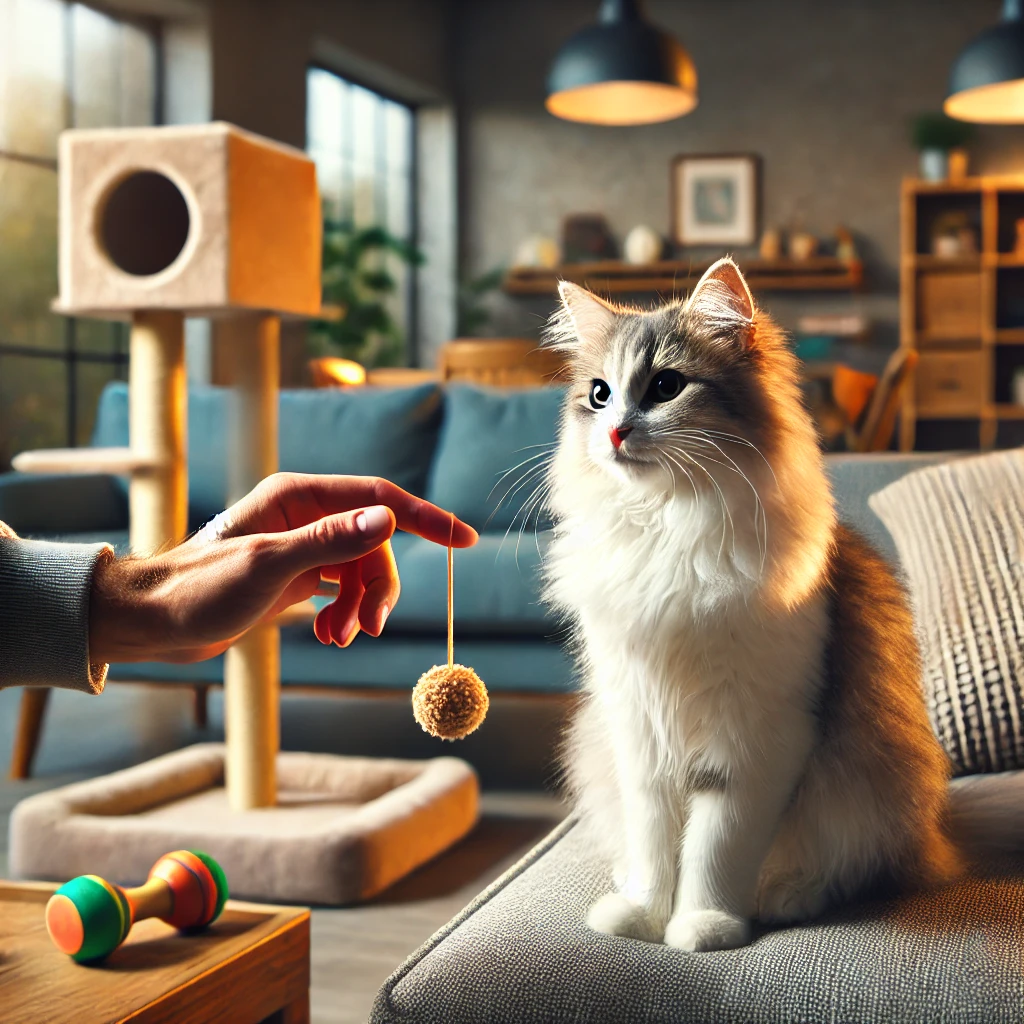Disciplining a cat is more about teaching than punishing. Cats don’t respond well to negative reinforcement, but they thrive with consistent guidance and positive reinforcement. Here’s how to effectively manage and modify your cat’s behavior while maintaining a trusting bond.
Understanding Your Cat’s Behavior
Before addressing undesirable actions, try to understand your cat’s motivations. Cats often scratch furniture, bite, or display litter box issues because of stress, boredom, or unmet needs. Identifying these triggers is critical to finding a solution.
Steps to Discipline a Cat
- Positive Reinforcement
- Reward your cat with treats, toys, or praise when they exhibit good behavior.
- Example: If your cat uses their scratching post instead of furniture, immediately offer a treat.
- Redirection
- Redirect negative behaviors to acceptable alternatives.
- If your cat scratches furniture, gently move them to a scratching post.
- Use interactive toys to channel biting or hunting instincts.
- Redirect negative behaviors to acceptable alternatives.
- Consistency
- Set clear rules and ensure everyone in the household follows them. Cats thrive on routine and consistency.
- Gentle Deterrents
- Use non-harmful techniques like double-sided tape to deter furniture scratching or motion-activated air sprayers to discourage counter-jumping.
- Provide Enrichment
- Offer scratching posts, climbing trees, and toys to keep your cat mentally and physically stimulated.
- Timeouts
- For extreme behaviors, place your cat in a safe, quiet space for a short period to calm down. Ensure they have access to essentials like water and a litter box.

Common Mistakes to Avoid
- Yelling or Physical Punishment: These methods can create fear and damage your relationship.
- Ignoring Underlying Issues: Sudden behavioral changes may indicate medical problems. Always consult a vet if issues persist.
Preventative Measures
- Provide Regular Playtime: Interactive sessions reduce boredom and prevent behavioral problems.
- Keep the Litter Box Clean: Cats are meticulous about cleanliness and may avoid a dirty litter box.
- Ensure Proper Nutrition: A well-fed and hydrated cat is generally calmer and less destructive.
When to Seek Professional Help
If behavioral issues continue despite your efforts, consult an animal behaviorist or veterinarian. They can help identify deeper causes and offer tailored solutions.
By focusing on positive reinforcement, consistency, and understanding your cat’s needs, you can guide their behavior effectively while maintaining a loving relationship.

